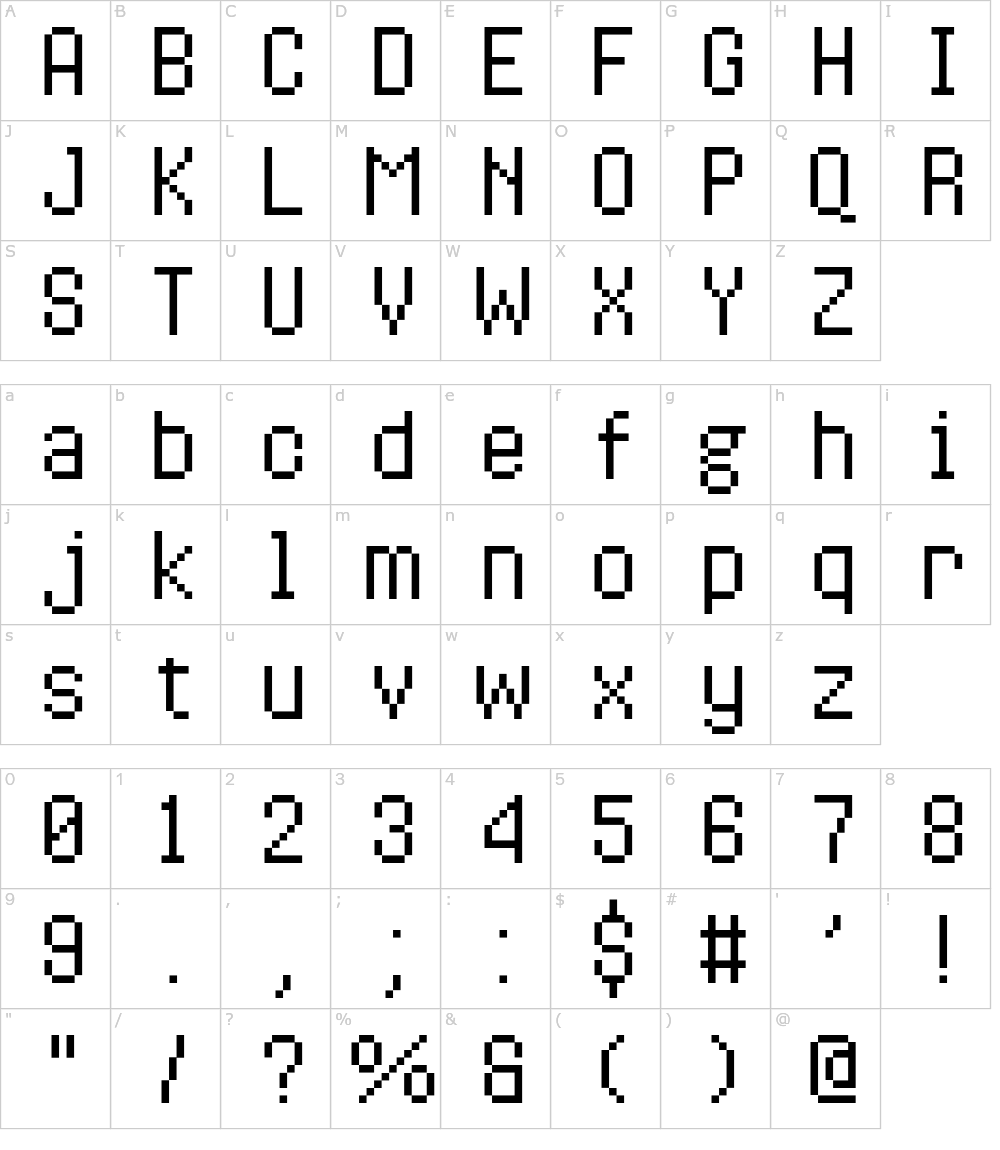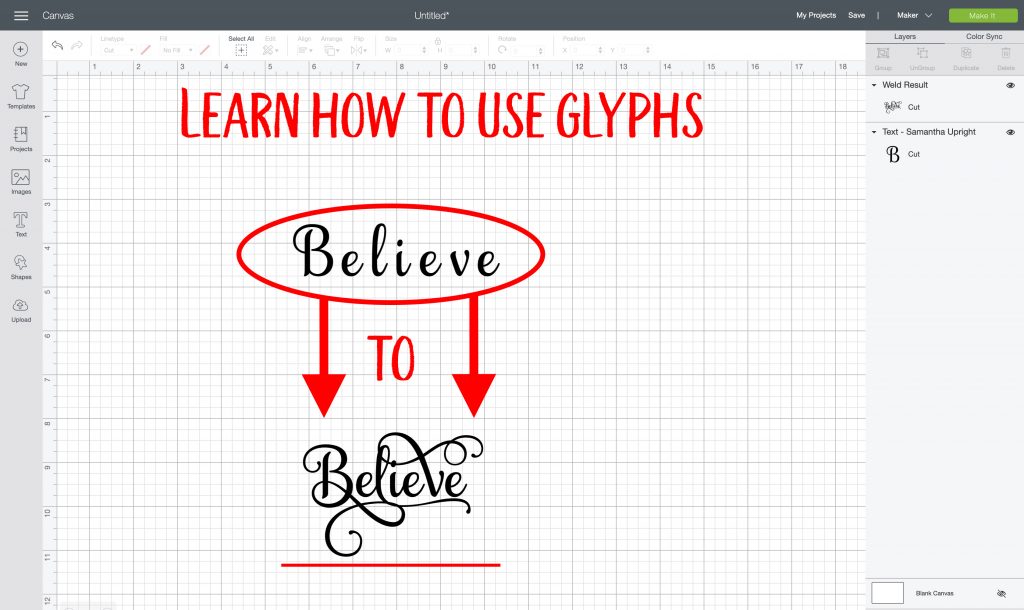
Don’t worry about that, that is just a temporary side effect of the fact that the filter only works on paths, ignore it for now.) But what you should do now, is type in a few numbers in the dialog, but do not press OK. This panel works just like the Glyphs panel. The second method is to click on the button beside the Glyph box, and then double-click a glyph on the panel. (In case you had any of your letters selected, you will see that they suddenly disappear. The first one is the easiest: Simply highlight the first glyph you want to replace, and choose Load Selected Glyph in Find from the context menu. Let’s see, let’s start with a grunge version of our pixel font, and pick Filter > Roughen. If you want to experiment a little with your font, you can try some of the built-in filters in the Filter menu. However, if you want to keep the circle your default pixel, you will need to add the same Rename Glyphs parameter as above to the instances discussed below. Hint: for the cool stuff that follows, I assume that your default pixel is the square, and that you have the Rename Glyphs custom parameter in your ‘Circle’ instance instead. In this image bellow i changed the Sprite Glyph Scale to 2. The 'advance' will be calculated correctly but the lineheight will ignore the glyph scale. When i changed the scale of sprite glyph, the lineheight will be calculated as if the scale equals 1. Watch a video course CSS - The Complete Guide (incl. Hello StephanB i found a bug related to Sprite Glyph Scale and Line Height. Let’s start with an example, where we increase all the glyphicons and set their font-size to 50px. robot model for extruding an arc of uneven length at different planes 1. Apart from the shorter load time compared to the ordinary glyphs, the RadGlyph provides out-of-the-box design-time support. In this snippet, we’ll show some examples and explain them. With the R1 2018 release, the Telerik UI for WPF suite provides the RadGlyph which is a FrameworkElement that enables seemless visualization of font glyphs.

But no rush, we can always finetune the UPM value later on, when we compare our pixel font to other fonts. If you need to change the size of glyphicons, use the CSS font-sizeproperty. For example, a lot of fonts have a special character for the digraph fi that merge the dot on the 'i' with the 'f. For example, using instructions it is possible to control the height of an individual glyph or of all the glyphs in a font. Instructions specify aspects of a glyph’s design that are to be preserved as it is scaled. Under Find Glyph, select the Font Family and Font. By default, HTML's lang attribute tells browsers to display glyphs designed specifically for that language. This information is contained in instructions attached to each glyph in the font. InDesign Secrets provides a clear example about finding and changing glyphs at Finding and Changing.

Much better, perhaps even slightly too big. The font-language-override CSS property controls the use of language-specific glyphs in a typeface.


 0 kommentar(er)
0 kommentar(er)
